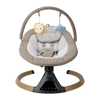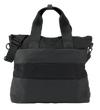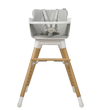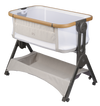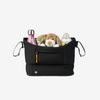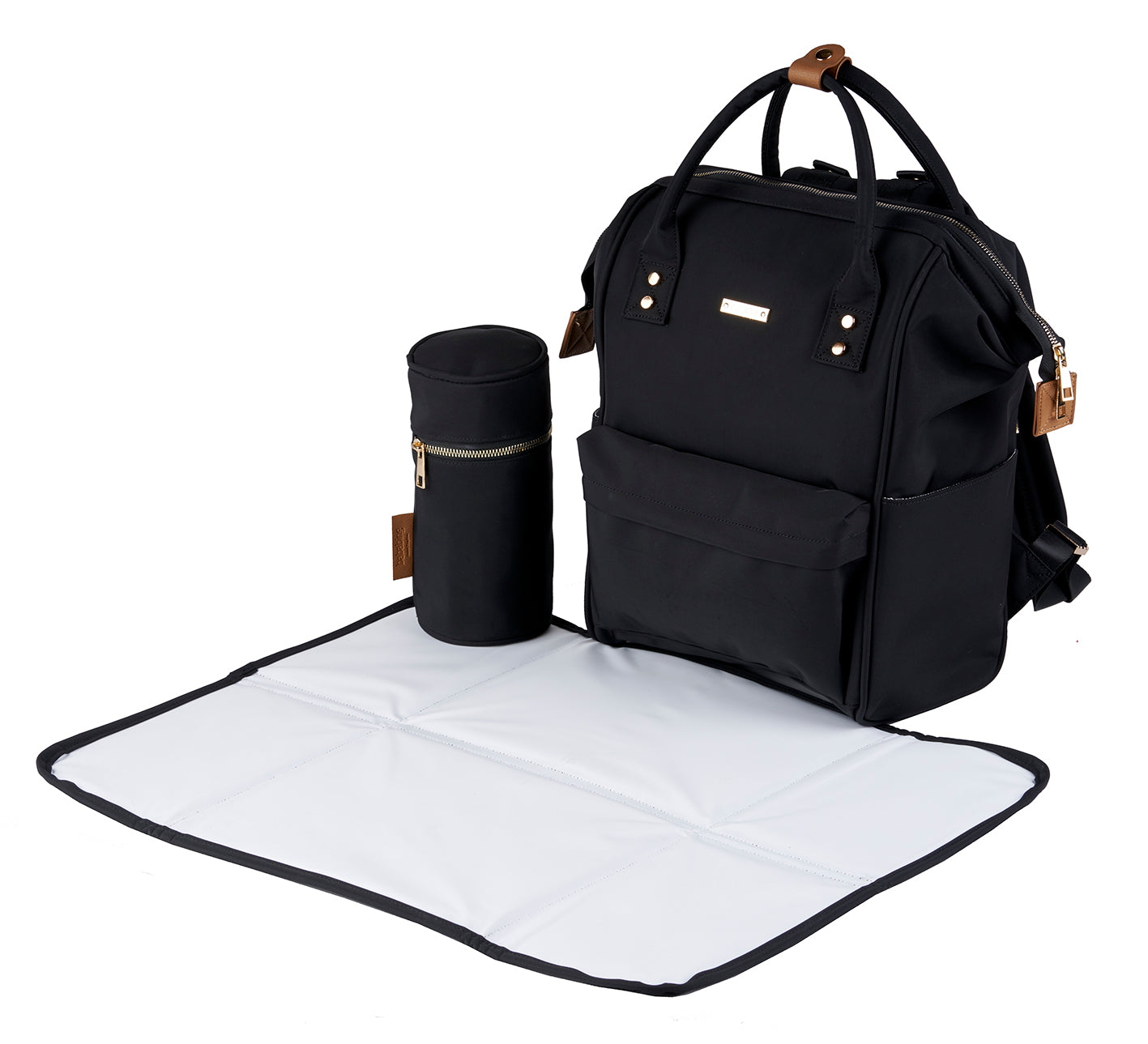Newborns with sensitive skin need changing straight after a wee to avoid painful nappy rash. If your baby’s skin isn’t as delicate, you can wait until feeding time before changing them.
It’s up to you if you change your baby before or after a feed. Some little ones have bad reflux and won’t be able to lie down for a nappy change after they’ve been fed. On the other hand, a feed can help baby sleep, so you might need to change beforehand to avoid interrupting their nap! You’ll just have to wait and see. Whatever your baby’s skin type, you should always change a nappy immediately if they've done a poo.
Read on to find our simple and straightforward 10 nappy changing tips – you'll become a nappy-changing pro in no time.
What You Need to Change a Nappy
It’s no good knowing how to change a nappy without having the right equipment! Before you begin, make sure to have:
- Clean nappy
- Baby changing mat
- Baby wipes
- Cotton wool
- Nappy rash cream
- Nappy sacks
- Change of clothes
How to Change a Nappy
1) First, make sure you’ve washed your hands thoroughly. Babies are very sensitive to germs, so make sure your hands are clean before a nappy change.
2) Next, lie your little one down on their baby changing mat. Some parents decide to just use a towel, but they’re not really absorbent enough – you might end up with wee on the carpet. Baby changing mats are also wipe-clean, so you don’t have to keep washing them over and over. You won’t have time to wash up to 15 towels a day (or even own that many to begin with), so a changing mat is best.
If you’re looking to cut the cost of having a baby, don’t bother with a changing table or unit. You’ll probably find you’ll change your baby’s nappy in all areas of the home and won’t be able to get to the table in time. Also, the NHS advises the best place to change your little one is on the floor, so they have no chance of falling.
3) Gently lift your baby’s bottom off the changing mat and undo the tabs of the dirty nappy. You can hold your little one by the ankles to lift them up. Remove the nappy carefully, using the cleaner front part to wipe away most of the poo. If you have a baby boy, it’s a good idea to cover him with a cloth in case he wees on you (it does happen).
4) Dispose of the dirty nappy in a nappy sack.
5) Use the baby wipes to clean away the rest the wee and poo. Girls should be wiped from front to back to prevent germs, and boys must be cleaned thoroughly around the testicles and penis (but don’t pull back the foreskin). Clean in any folds of skin, then place the dirty wipes into the nappy sack.
6) Lift your baby’s bottom from the changing mat again, this time a little higher, and double check your little one is completely clean.
7) Pat your newborn dry with cotton wool, without rubbing the skin to prevent nappy rash. If it’s warm enough, you can let your baby be nappy free for the same reason.
8) If you can see signs of nappy rash (any redness or soreness), dab on a thin layer of nappy rash cream.
9) Pop on the clean nappy, tucking the back half up first to make it easier to manoeuvre around wriggly legs! When the nappy snugly fits around your baby’s legs and waist, simply fasten the tabs.
10) All done! Dress your baby in clean clothes, dispose of the filled nappy sack and wash your hands again. Now you know exactly how to change a nappy!
If your baby's on the way and you don't have all the right equipment, don't worry! BabaBing! has a great selection of compact, wipe-clean and well-padded baby changing mats. We also offer a stylish range of travel baby changing mat packs, which have extra pockets for wipes and at least five nappies. Just fold them up neatly in your bag and you're ready to go!





